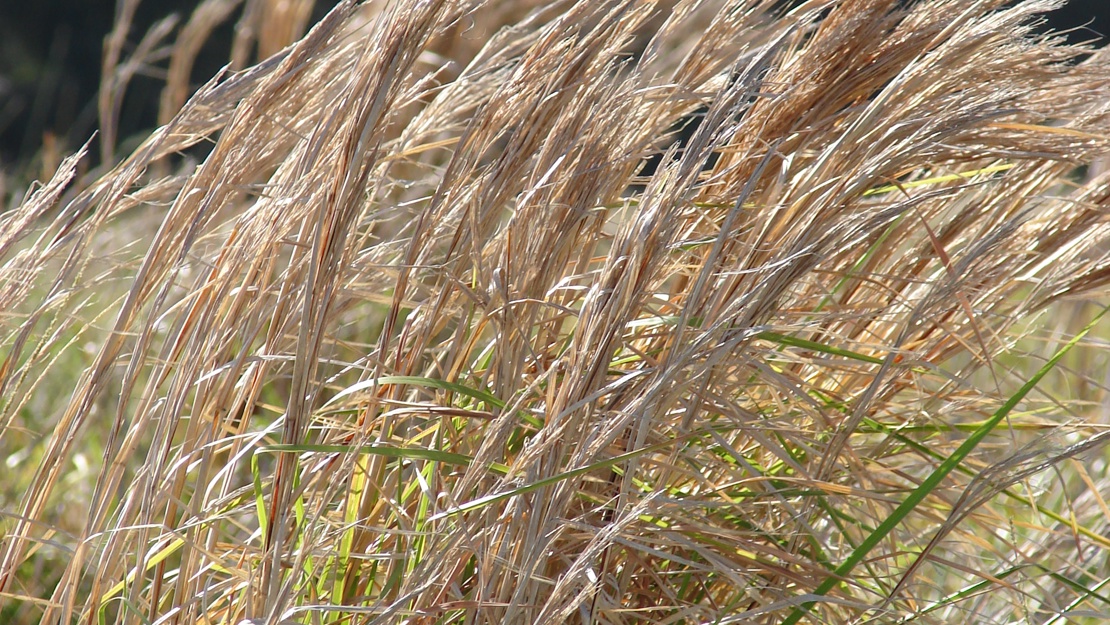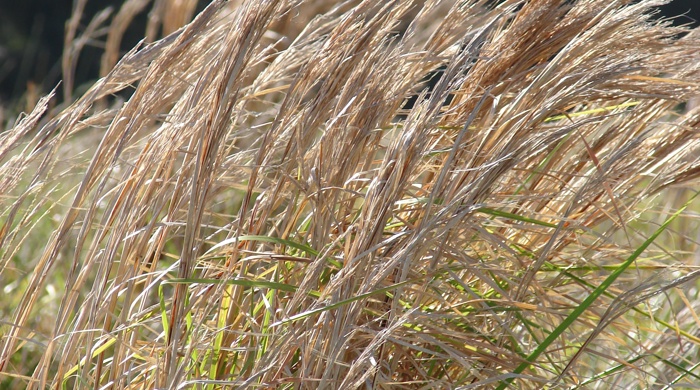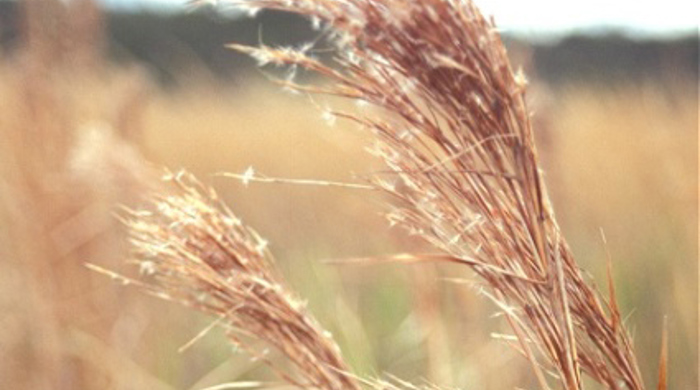Andropogon virginicus
Broomsedge
Also known as:
Bluestem, whiskey grass
Family: Poaceae
Origin: North America

Regional Pest Management Plan (RPMP) status
- Whole region — Eradication
- Hauraki Gulf Controlled Area Notice pest
General description
Perennial clumping grass < 1 m tall. Stems and leaves are green and turn purplish, then orange, then straw coloured with age. Flowers are straw-coloured and borne in inflorescences.
What you need to know
To help protect our environment:
- You must not breed, distribute, release or sell broomsedge within the Auckland region.
- You must not plant broomsedge within the Auckland region.
Auckland Council will control broomsedge at all sites where it is known to occur.
If you see broomsedge anywhere in the Auckland region, please report it to Auckland Council at pestfree@aucklandcouncil.govt.nz.
Habitats
Disturbed sites, poor soils, open habitats.
Dispersal
Seeds dispersed by wind and attachment to animal pelts.
Impact on environment
Highly competitive, smothers existing vegetation and alters soil composition via allelopathy.
Control
Recommended approaches
Do not attempt to undertake control of this species. Please report to Auckland Council.
Caution: When using any herbicide or pesticide please read the label thoroughly to ensure that all instructions and safety requirements are followed.





